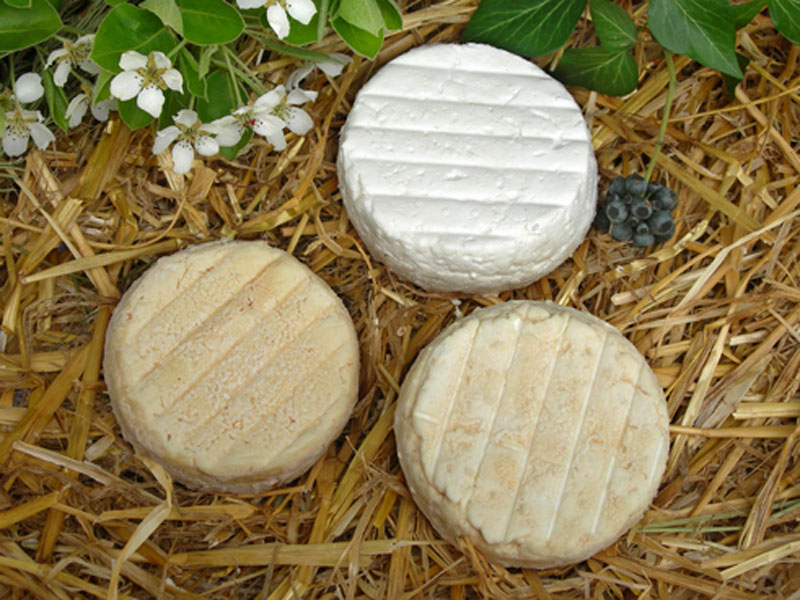Local Goat Cheese
Historical or traditional information: In the Province of Bergamo, goat breeding has always had a marginal importance. These animals were bred in places that could not be used for more profitable agricultural activities.
Therefore, goats used to exploit the poorest pastures and the uncultivated fields. The crisis of traditional animal husbandry, linked to product surplus problems and a lower profitability of the marginal areas, has recently stimulated the birth of some permanent milk goat breeding activities, also favored by an increasing growth in the consumption of cheese with a delicate taste.
Production area: Municipalities of Fonteno, Solto Collina, Riva di Solto, Bossico, Sovere, Pianico, Lovere, Castro, Costa Volpino, and Rogno (BG)
Product features: Fresh texture (classical goat cheese): it is characterized by a small size, slow coagulation, slightly acidulous taste, rapid consumption. Enzymes and rennet are added to raw or heated milk at a temperature of 20-22°C; coagulation completes in 24 hours. This kind of cheese can be eaten when it is fresh or after a few weeks of maturation. Soft texture (like caciotta, stracchino): the preparation technology includes the use of raw milk or milk undergoing a thermal treatment, adding enzymes and, afterwards, garlic. The coagulation temperature goes from
about 32 to 38°C; coagulation is fast. Maturation time and methods can vary. Hard texture (formaggella): the processing method is similar to the method used for semi-cooked cheese, but with a higher cooking temperature. The rounds can reach a weight of about 4 kilos. Dry salting process. Maturation for over 2 months.
Processing, conservation, and maturation methods: After the milking, milk is left cooling to a temperature of 18-20°C. A small quantity of rennet is added, so that the curd can form in about 24 hours. The curd forming tends to settle at the bottom of the container; the whey covering it has a straw green color. The curd is extracted using a dipper and is poured in the molds, usually plastic molds with a diameter of about 5 cm.
Specific material and tools used: Traditional copper pot, classical materials (thermometer, fork to break the curd…), etc.
Description of the processing, conservation, and maturation premises: In cheese storage rooms (called silter) or in the basement of ancient rural buildings.
Cooking use: Natural goat cheese can be eaten with olive oil, salt, and pepper. It can also be covered with aromatic herbs or spices, and eventually subject to maturation process. Fresh goat cheese is not available in winter, since during these months goats do not produce milk.






